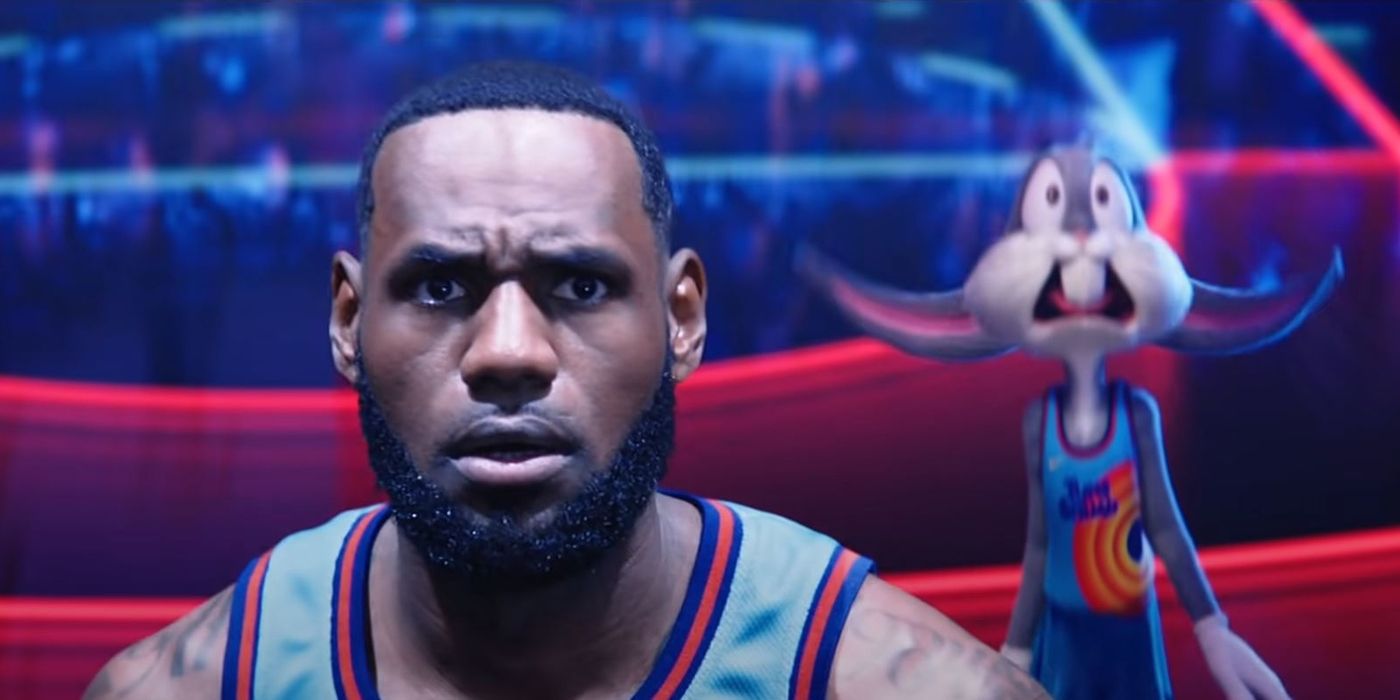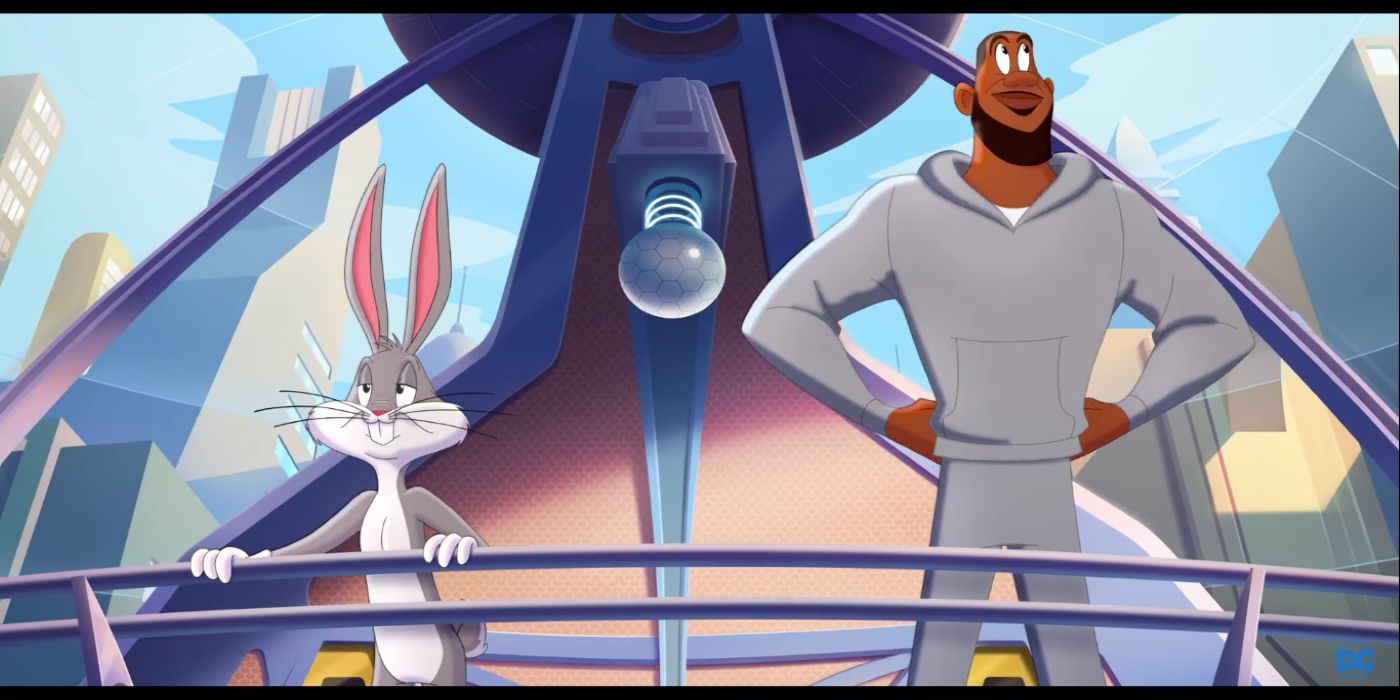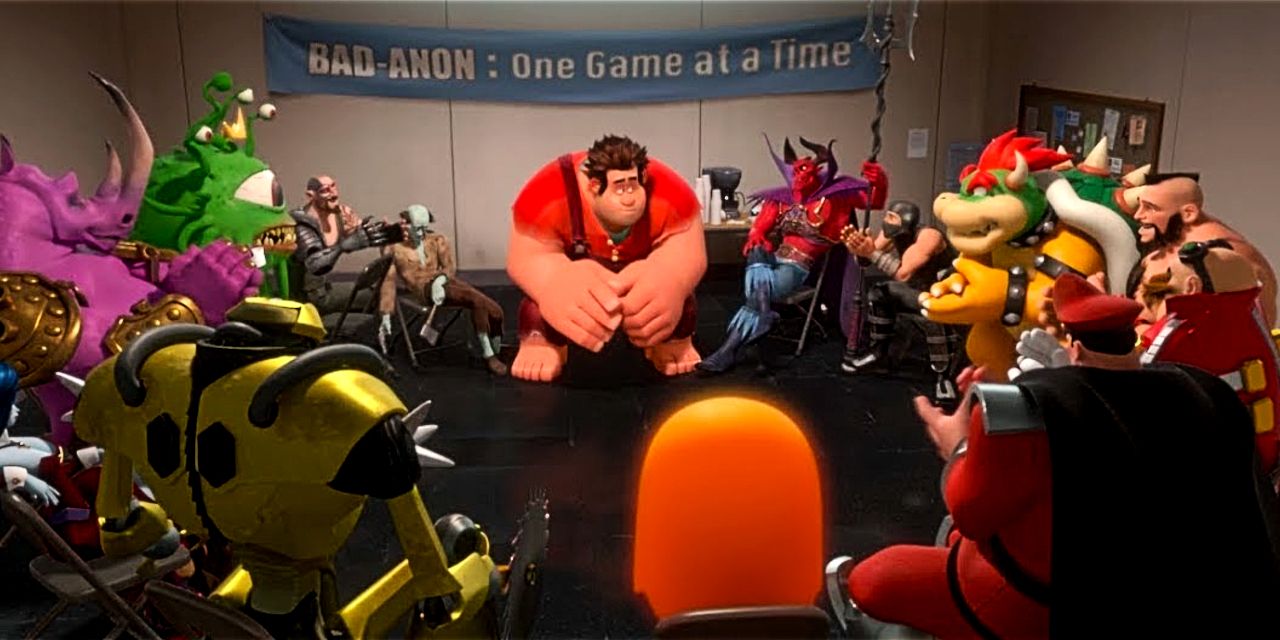Space Jam: A New Legacy is finally out, met with mild financial success and powerfully negative critical reception. At its heart, the film is a cynical disaster, barely held together with shameless references and advertisements, which overwhelmingly evokes nothing more than existential dread in some audiences.
Much has been made of the film's reliance on constant out-of-place cameos by carelessly placed film and TV properties, but the severity of the problem is often understated. Space Jam: A New Legacy is a microcosm of the problem with the modern film landscape and a chilling look into the grim future of franchise cinema.
What do Game Of Thrones, Rick and Morty, Casablanca, King Kong, and The Iron Giant have in common? Two things; they are all referenced in Space Jam: A New Legacy and they are all owned by Warner Bros. Pictures. This film is an unabashed trailer compilation that occasionally takes breaks to play basketball or discuss LeBron James' virtues as a father. Critics have noted that many of the characters are wildly out of place in what is supposed to be a child-friendly sports comedy, but the true horror isn't Pennywise The Dancing Clown or Alex and his Droogs, it's the sobering reminder of the titanic portion of cinematic art solely owned by one company.
The original Space Jam was not exactly an anti-consumerist piece of protest art. It was adapted from a pair of Nike shoe commercials and rife with product placement. The late 90's version of shameless marketing ploy featured tons of shots of Nike gear, the occasional McDonald's logo and one bizarre joke wherein Daffy Duck reveals the WB logo permanently affixed to his rear. This barely registers today, every show and movie is choked with ad copy for products, services, or militaries. The new model of cross-promotion is more insidious, more pervasive, and impressively successful.
Ready Player One was hugely profitable but criticized heavily for this same reason. The film, just as the book it was based on, inserted non-stop cameos from other pop-culture fixtures. This included some of the same beloved characters shoehorned into Space Jam: A New Legacy. This is quickly becoming a trend, but even Ready Player One justified its excesses better than the new crossover king.
Both Ready Player One and its possibly upcoming sequel take place largely in a virtual reality world populated by characters using countless marketable faces as avatars. This film was criticized for its overreliance on reference, with many critics noting accurately that the other properties do not serve any actual purpose in the narrative. The Iron Giant or Tracer from Overwatch appear, but for no reason other than a cheap pop from the crowd, a film that asks little more than "remember this?".
When people think of a company that holds a truly chilling empire of media, Disney is the first target. With expected fervor, Disney too has a film so packed to bursting with references and cameos it barely has time to have a plot. Wreck It Ralph 2: Ralph Breaks The Internet is comparable to its predecessor, built around jokes about the internet just like the first was built around jokes about video games.
The first film featured scant cameos from actual video game characters, like the support group early on, then forged ahead with original characters. The sequel worsened this in two significant ways; by making the references more ubiquitous and keeping them in the Disney family. Perhaps the most well-known scene of the film is a protracted dialogue between Sarah Silverman's secondary protagonist Vanellope and a cadre of Disney princesses. While this scene at least features a commentary on the tropes of the medium, the film is swarmed with less intelligent cameos.
Space Jam: A New Legacy is the apotheosis of this lazy trend, at least for now. Not only is it packed with references, but almost none of the references serve any notable purpose. A piece of media making reference to something else is not always bad, in fact it can be a wonderful tool to insert metatextual commentary on either work to explain details in straightforward ways or just to create satire. The problem emerges when the reference is simultaneously devoid of commentary, and clearly based in marketing. It feels like bragging, as if these companies are trying to impress the audience with the toys they get to play with, without any understanding of what made those toys special.
Ultimately, the trouble with this new trend of cameo cinema is the devaluation of the medium, compiled with the overwhelming mass of the handful of companies who get to pull this maneuver. Masterpieces such as A Clockwork Orange, decades-old stories like King Kong, and films that touched a generation like The Iron Giant are fed into the machine and reduced to cameos in someone else's movie. It's degrading, and just about every face in the crowd deserves better, perhaps even Space Jam deserves better. It's not enough anymore to combine the beloved Loony Tunes and one of the biggest sports in the US to create a family-friendly sports comedy, studios have to jam in a million other faces just to draw crowds. Savvy viewers hoping to reignite the passion they held for the 1996 novelty are greeted with nothing but a hollow shell packed with Warner Bros. branded cardboard cutouts, and that just isn't good for anyone.
The trend of IP catalogue-based filmmaking is unlikely to die down, and as more art is acquired by fewer companies, fans will likely be confronted with this concept even more frequently. Space Jam: A New Legacy is a warning, a glimpse into a grim possible future where film becomes nothing but a chance to look back at what it used to be.



